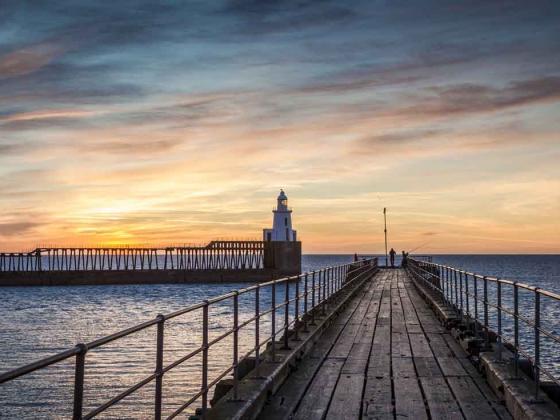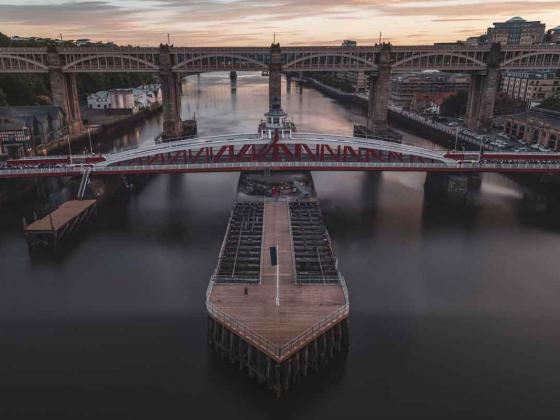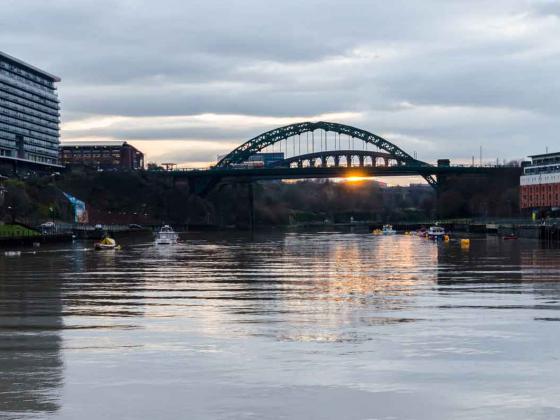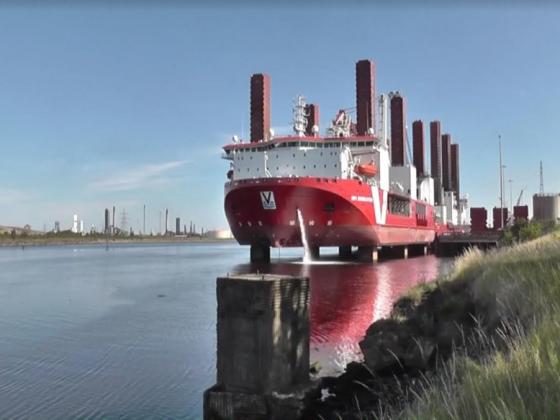Blyth, Tyne, Wear and Tees
 Each of the four rivers had its own local identity.
Each of the four rivers had its own local identity.
For example, on the Wear, most shipyards started out as small, family owned businesses, often started by someone who had trained in the industry as a shipwright. In Newcastle, the Freemen of the city imposed barriers to the industry, which made it harder for new people to begin. Blyth was known for its high quality woodwork, while other ports specialised in particular types of ship.
Explore each river in more detail below.

Blyth
Blyth may be the smallest of the four rivers featured on this site, but it had an impressive reputation and retains a rich history. Learn about the origins of Blyth's port, its highs and lows and how it looks today. From fishing to dredging, shipmaking to shipbreaking, listen to the stories from the mouths of the people who grew up in Blyth.

Tyne
Historically in Newcastle, shipbuilding was inherently linked to the coal mining for which the city became famous. The evolution of shipbuilding technology can be tracked in what was built in shipyards along the Tyne. Whereas fifty years ago, shipbuilding, ship repair and marine engineering firms dominated the edge of the River Tyne, now the river is best known for entertainment and cultural venues.

Wear
On the Wear, most shipyards started out as small, family owned businesses, often started by someone who had trained in the industry as a shipwright. Specialising in 'tramps', the Wear struggled at times of depression but also thrived during the 'long boom'. Today Sunderland Maritime Heritage works to teach traditional skills and share the history of the Wear.

Tees
On a small scale, shipbuilding on the Tees can be traced back to medieval times, but it flourished from the 17th century and its legacy runs through the names of streets, shops and pubs. Now shipbuilding seems set to return to the Tees on a small scale, much to the satisfaction of the residents who grew up with big ships on the river.